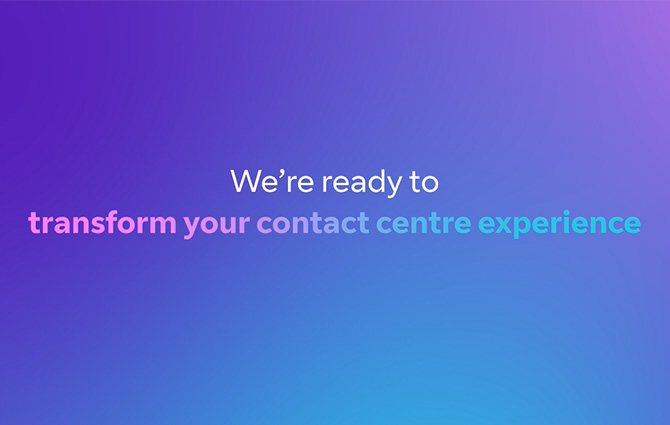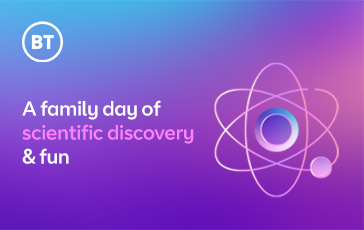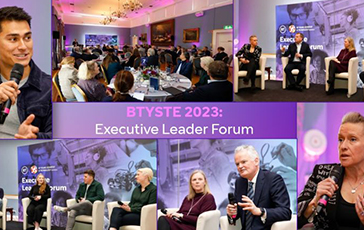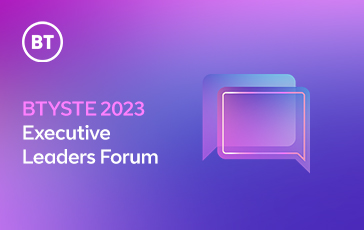Like many other industries, content marketing has frenetic times and quiet lulls – and December is often quiet. Campaigns are winding down as audiences focus on Christmas, the financial year may be ending, and everyone’s attention may drift a little.
Although it’s human to push back and take it easy in December, it’s also a clever time to do some thinking to get ahead for 2025 – to review, revisit and check you’re on course to stay on top of your game into the new year. Campaign activity for early 2025 is probably nailed down – but is it optimised for how prospects will think, feel and react in the new year?
This is where we come in. Here are some quick points that, if tackled now, could help your 2025 content marketing activity run smoothly and hit targets rapidly.
There’s no time like the present… to talk about what matters to your customers
How well does what you want to talk about fit with your audiences’ concerns?
You’ll have mapped out the next quarter’s strategy, but does it make sense in light of the trends likely to affect your audiences? There are a lot of predictive views on 2025 around right now, and some valuable market-leader insights and research available.
But dry facts don’t give the full picture of how audiences will react. As a content marketing agency, our success depends upon creating content that mixes a deep understanding of the audience’s operating environment and human factors. We fine-tune and freshen messaging to capture productive attention.
Contact us to explore the best approach to audience engagement in 2025.
There’s no time like the present… to find your customers where they are
Do the comms channels you’re planning to use work for your audiences?
It’s easy to get caught in a cycle of repeating what appears to work – without giving enough consideration to trend shifts, viewer fatigue and ever-shrinking attention spans. Video, for example, has delivered excellent results in 2024. It’s proved incredibly effective on social media, as longer webinar-style thought-leadership discussions and general campaign promotion.
You could carry on as you are into 2025, or you could get an external view on your plans to see if there’s anything you could try to get even better results.
We’ve spent 2024 experimenting with video: let’s chat through the possibilities.
There’s no time like the present… to get ready to talk with authority
Is your thought leadership ready to stake a claim in 2025?
You’ll have 2025’s direction sorted, but do you have the thought leadership content ready to help your content cut through the clamour of ‘new year, renewed activity’ messaging from your competitors? It’s notoriously hard to get time in the diary of the C-suite and senior leadership. Yet, they may also be susceptible to the December lull, making it an excellent opportunity to capture their views to use in Q1 campaigns.
We’re experts in planning and conducting interviews with senior management, turning them into compelling thought leadership content. If you can secure the time in their diary, we can rapidly translate that into meaningful inputs. Let’s talk.
There’s no time like the present… to make sure you talk so your audience listens
Is your tone of voice pitch-perfect?
It’s so easy to get your communications wrong when a single, off-tone phrase can shut down a sales opportunity. The turn of the year is full of ‘break out’ words (demure, manifest, brat…) that don’t seem immediately relevant to the business sphere, but they flag that language, buzz-words and cut-through communication terms change.
Is it time that ‘innovative’ and ‘market-leading’ are retired because they’ve lost impact? What might work better? We craft written communications day in and day out, and we’re across the language that will drive action into the new year. Get in touch, and we’ll talk you through it.
There’s no time like the present… to squeeze value from what you’ve got
What content have you got that you can re-purpose for 2025?
Budgets are tight, particularly for content marketing. It’s wise and realistic to work with this rather than fighting against it. Your organisation probably has a wealth of existing content that can be repurposed to 2025’s requirements at a relatively low cost.
Now you’ve done the planning for January and February, December is the ideal time to review this content and refresh what you’ve got, ready to push it out in 2025 to augment your new material.
We have a strong track record of taking existing, valuable content and ‘topping, tailing and refreshing’ it with future-focused messaging. Ask us how.
There’s no time like the present… to get your technology tone right
Are your planned 2025 technology messages going to land right?
It’s likely you’ll be talking tech in the new year, but it’s far from a generic task. Customers are increasingly sophisticated and have a growing knowledge of technological intricacies. However, there’s a distinct danger that technology companies assume or misread what their target audiences understand. Are you close enough to your customers’ thinking?
Talking technology and making complex messages simple is what we do. Get in touch, and we can compare notes to find the best way forward for your organisation.
Think like a scout; be prepared for 2025
Our purpose is to be the source of fresh ideas behind your content campaigns – whether they are yet to be formulated or have a structure that can be refined.
Get in touch for a chat with one of our experienced project directors to scope out the possibilities with no obligation.










